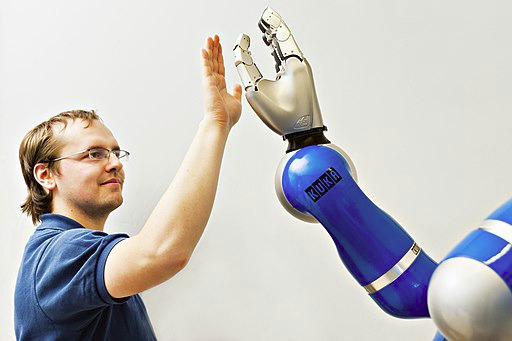GrammarlyGO
In the continuing stories of new AI chatbots, Grammarly, the typing assistant, will release GrammarlyGO. Their AI chatbot can write emails, edit documents, or come up with new ideas.
Unlike their popular proofreading tool, Grammarly (which I regularly use), GrammarlyGO will go beyond pointing out your grammar mistakes because it will "learn your writing style" and write content as you might have on your own. That is the concept.
Grammarly argues this is a way to stop bad writing from "draining business productivity and performance" and that it will eventually generate "highly relevant text with an understanding of personal voice and brand style, context, and intent—saving people and businesses time while accounting for their unique needs."
It will work as their earlier tool within email, social media, and word-processing applications and websites.
Available across the free (in select markets) and paid professional, education, and developer tiers, GrammarlyGO is on by default for individual users, who can toggle it off in their settings. Business and education administrators, meanwhile, must opt-in for their organizations.
MORE https://www.grammarly.com/blog/grammarlygo-augmented-intelligence/

 Robots, yes - but cobots? The term 'cobot' is a portmanteau of "collaborative robot", a robot designed for human interaction. Traditional industrial robots would typically be isolated from humans for safety reasons. Cobots operate alongside people within the same space.
Robots, yes - but cobots? The term 'cobot' is a portmanteau of "collaborative robot", a robot designed for human interaction. Traditional industrial robots would typically be isolated from humans for safety reasons. Cobots operate alongside people within the same space.